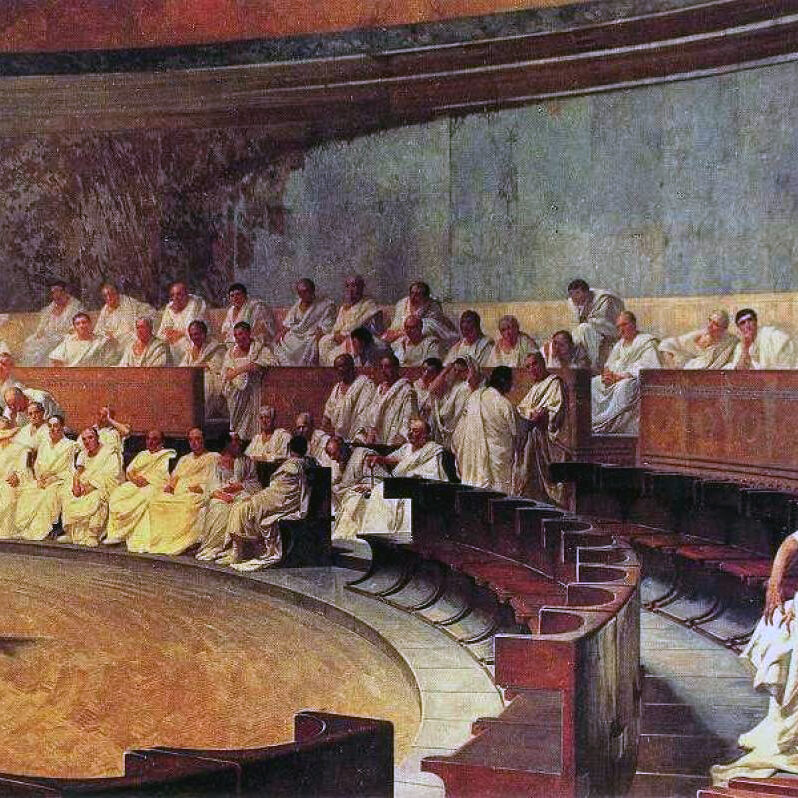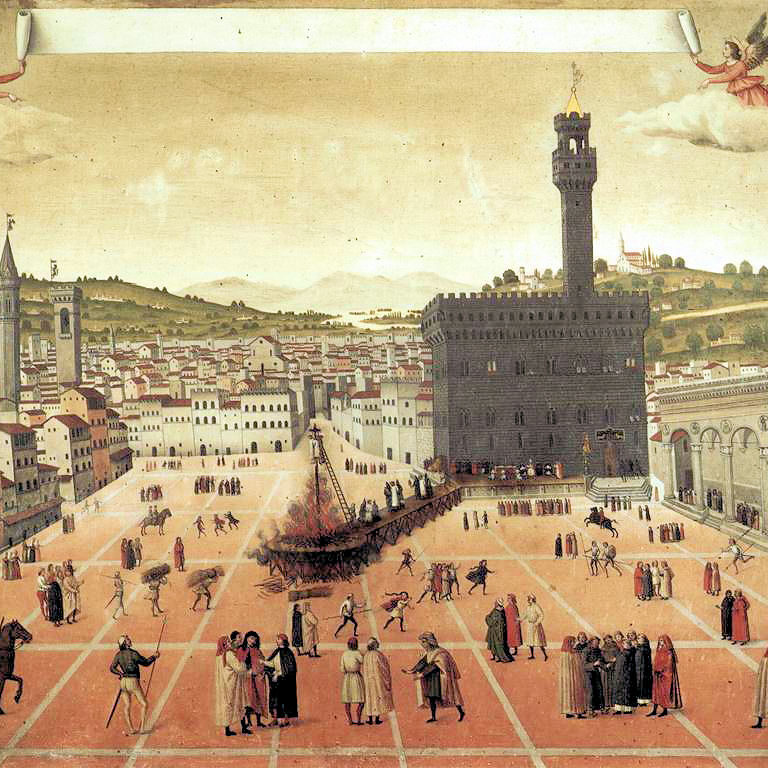Greco-Roman
From Xenophon to Cicero, Greek and Roman philosophers and statesmen wrote mirrors for princes (specula principum).
Medieval
From Augustine to John of Ireland, Medieval philosophers and theologians wrote mirrors for princes (specula principum).
Renaissance
From Baldassare Castiglione to Juan de Mariana, Renaissance philosophers and statesmen wrote mirrors for princes (specula principum).
Since 1993
What are mirrors for princes?
Mirrors for princes (Latin: specula principum), or mirrors of princes, form a literary genre – in the loose sense of the word – of political writing during the Early Middle Ages, Middle Ages and the Renaissance, and are part of the broader speculum or mirror literature genre. They occur most frequently in the form of textbooks which directly instruct kings or lesser rulers on certain aspects of rule and behaviour, but in a broader sense the term is also used to cover histories or literary works aimed at creating images of kings for imitation or avoidance. Authors often composed such "mirrors" at the accession of a new king, when a young and inexperienced ruler was about to come to power. One could view them as a species of self-help book – a sort of proto-study of leadership before the concept of a "leader" became more generalised than the concept of a monarchical head-of-state.
One of the earliest works was written by Sedulius Scottus (fl. 840–860), the Irish poet associated with the "Pangur Bán" gloss poem (c. 9th century). Possibly the best known (European) "mirror" is The Prince (c. 1513) by Machiavelli, although this was not a typical example. Some further examples are listed below.
This article uses material from the Wikipedia article "Mirrors for princes", which is released under the Creative Commons Attribution-Share-Alike License 3.0.

Next Steps...
Browse a list of mirrors for princes (specula principum) from Xenophon's The Education of Cyrus to Machiavelli's The Prince and beyond!


